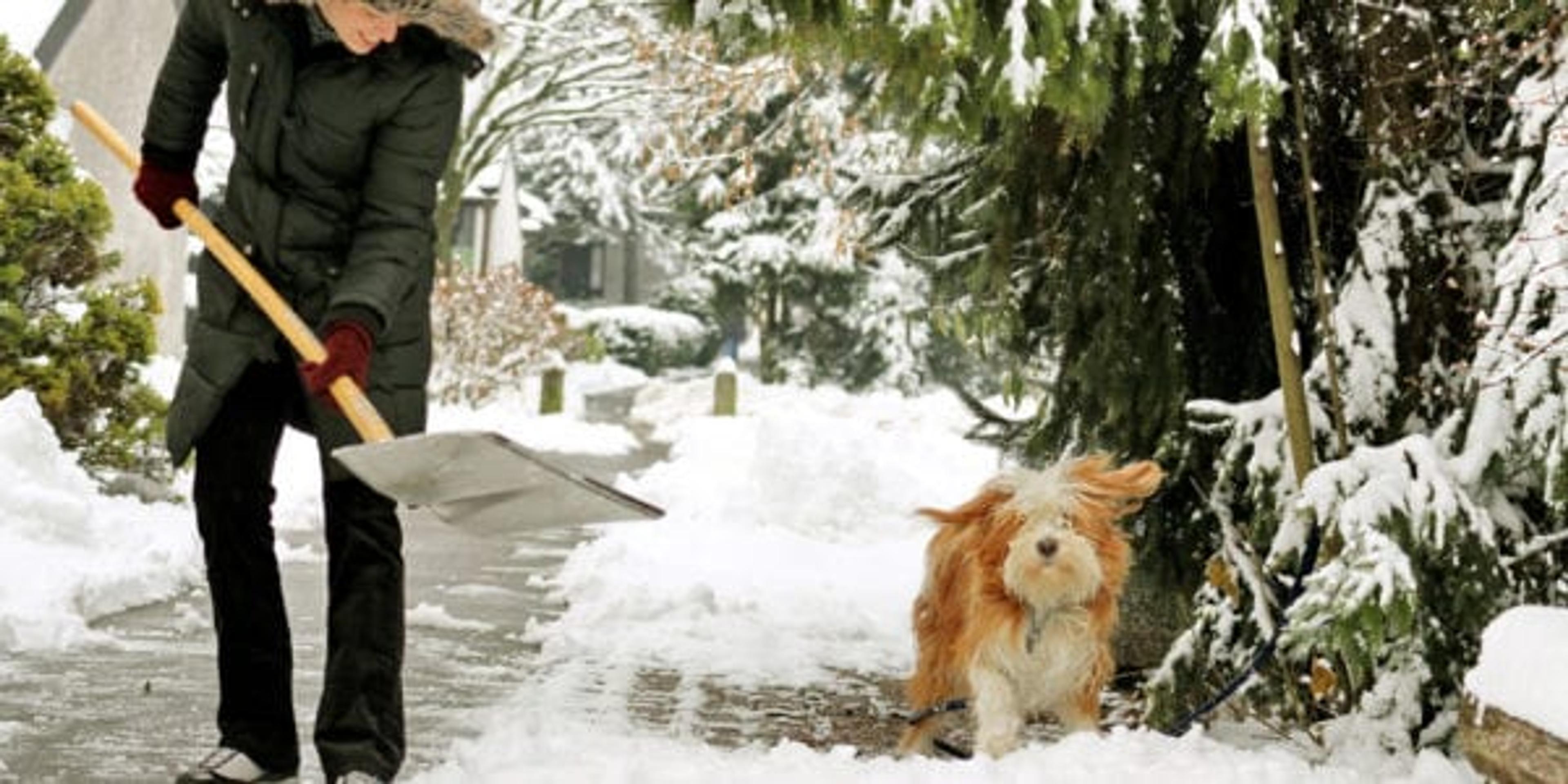Snow Shoveling Safety Tips
| 3 min read

Unpredictable Michigan winters have been known to yield record snow falls, resulting in frequent shoveling. However, this winter chore is more dangerous than many realize—contributing significantly to an increased number of emergency room visits and in some cases even death.
According to the Centers for Disease Control and Prevention (CDC), clearing snow for 15 minutes qualifies as moderate physical activity. For someone overweight or out of shape, shoveling heavy, wet snow is equivalent to running on a treadmill to the point of exhaustion. From muscle aches to heart attacks, it’s important to take precaution when heading outside to clear the driveway this winter.
Health Risks
Black ice, low temperatures and wind chill all contribute to the risk of health issues associated with snow shoveling. Those who have a health history including any of the following symptoms, should contact a physician before shoveling:
- Heart Problems
- Back Problems
- Exhaustion
- Dehydration
- Falling Injuries
- Asthma
- High Blood Pressure
- High Cholesterol
Methods of Prevention
The dangers of snow shoveling are not limited to those who have poor health. Everyone should keep in mind the many ways to stay safe this winter.
- Stay Hydrated, The Right Way: Hydrating before and while shoveling can assist in avoiding various illnesses and injuries. Stick to water and juice, avoiding diuretics like coffee and tea that can promote dehydration and increase heart rate.
- Take Breaks: Break up the time spent shoveling to head inside, hydrate, rest and warm up every 15-20 minutes.
- Dress in Layers: In windy conditions, wear a hat, scarf, mask and/or goggles. Be sure to cover the neck and face to create a “well effect,” which helps avoid direct inhalation of cold air that can constrict arteries and decrease the heart’s oxygen supply.
- Proper Technique: Avoid heavy lifting by pushing or pulling the snow out of the way when possible. Wet snow can weigh anywhere from 15-20 pounds, so it’s best to shovel newly fallen, light snow. When removing heavy piles, start by skimming off the top layer and then remove from the bottom.
- The Right Shovel: Shovels with “S”-shaped handles and non-stick blade surfaces require less effort and minimize chances of back pain that could result from improperly bending or twisting.
- Get Help: Getting help from friends or neighbors is a great way to ensure the job gets done quickly while avoiding the risk of injury or health problems. If shoveling alone, it’s also important to make sure a family member knows in case of any unexpected issues.
Know the Signs
Stop shoveling immediately if any pain, discomfort, pressure or tightening in the chest, stomach, arms or jaw arise. It may also be time to stop shoveling if any of the following symptoms occur:
- Light Headedness
- Poor Vision
- Loss of Feeling
- Heartburn
- Shortness of Breath
- Heavy Sweating
- Nausea
- Muscle Tightness
Read more winter-related content at these links:
Photo credit: MCv300





